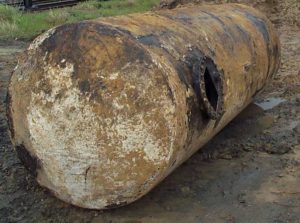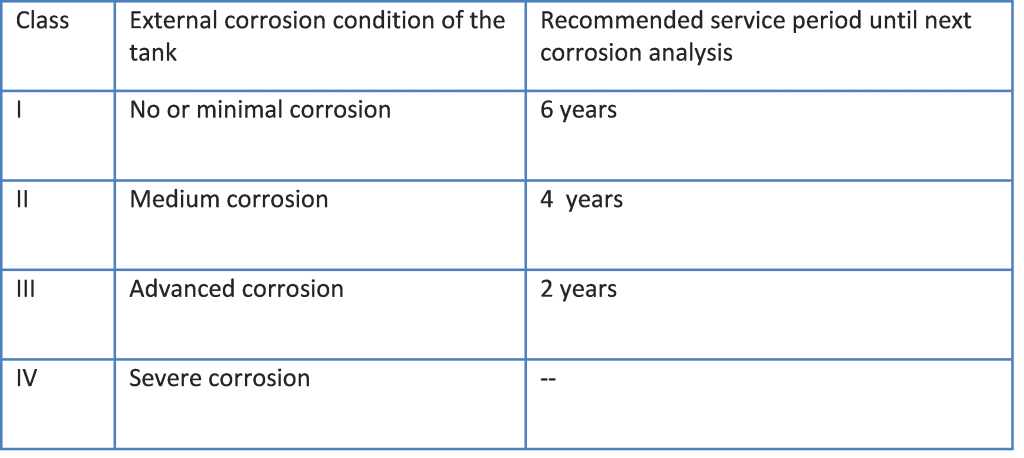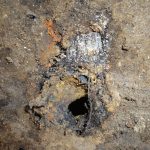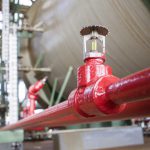From the moment it is buried, an underground tank or structure is in contact with the soil which will lead to corrosion and thinning of the wall over the years. Finally this process will lead to leakages and spilling of the product in the environment.
While in service following questions can arise: how significant is the attack of the structure, what is the remaining life until penetration of the wall, what is the risk in case the tank/structure remains in the ground for x years, …?
METALogic has developed a technology in the late nineties to perform corrosion analysis on a buried metal structure and to give answers to the questions above.
Within the investigation of external corrosion three main factors (tank, protective coating and measurements) are considered. Some of the measurements are performed in-situ whereas other measurements require analysis in the laboratory. In case the tank is subjected to a cathodic protection system, the latter is investigated as well. Combining data of the corrosion process allows us to analyse the risk for failure of the structure (formation of leakages). Based on the result of the analysis the tank/structure is assigned to one of 4 risk classes.

Depending on the risk class assigned to the tank a service period until next corrosion analysis is suggested.







